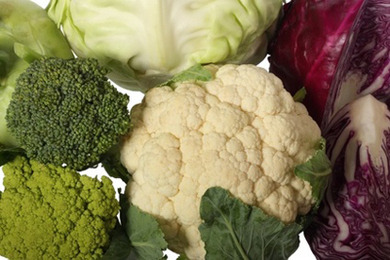Amla has also been shown
in human studies to help with diabetes and diabetic complications. In an April
2012 review inRecent
Patents on Food, Nutrition and Agriculture, which examined the efficacy of herbs used to reduce high
blood sugars, Indian gooseberry was noted to show consistently positive effects
on fasting blood sugar levels and reductions in hemoglobin A1c (HB-A1c). A July
2011 study published inJournal of Medicinal Food found
that an equal combination of green tea and amla extract greatly improved
oxidative status and significantly reduced measures of diabetes and
atherosclerosis in individuals with diabetes and kidney damage that required
dialysis.
In a study published in
the European Journal of Clinical Nutrition in
1988, amla was given to healthy men, as well as men with elevated cholesterol.
Four weeks after beginning the study, cholesterol levels had decreased in both
groups, but with a greater percentage decrease in men who had high cholesterol.
In an October 2008 study
published in the Indian Journal of Clinical Biochemistry, individuals were given a purified, standardized,
dry amla extract for six months. Blood samples showed a reduction in total and
LDL cholesterol, but an increase in high-density lipoprotein (HDL, or “good”)
cholesterol. There was also a reduction in C-reactive protein (CRP) which is a
measure of systemic inflammation and closely correlated with cardiovascular
risk.
Rich in potent
antioxidants, amla helps prevent oxidative stress that contributes to arterial
plaque development, which in turn causes narrowing and decreased flexibility in
the arteries. In a 1988 animal study in the International Journal of
Cardiology, amla was shown to
reduce total cholesterol and triglycerides, as well as arterial plaque buildup
in the arteries. In another animal study, amla was found to help reduce the
amount of cholesterol the body makes.

Cancer is such a staggering epidemic–the sheer number of people
affected by the disease is as heartbreaking as it is mystifying. As we
are slowly learning more about the causes, we are beginning to learn
more about preventive measures.In terms of the relationship between diet and
cancer, this leads us to lists of what not to eat (french fries, sigh),
as well as the other side of the coin: What we should eat (artichokes
and red wine, yay!).In the book Cancer: 101 Solutions to a
Preventable Epidemic (New Society Publishers, 2007) the authors Liz
Armstrong, Guy Dauncey and Anne Wordsworth consider the importance of
eating specific foods and drinks for cancer protection. Here’s what they
suggest:
1. Cruciferous vegetables: Broccoli,
cauliflower, cabbage, Brussels sprouts, bok choy and kale. These score
high for containing many anti-cancer substances, such as
isothiocyanates.
2. Globe artichoke for very high levels of salvestrols.
3. Dark greens, such as spinach and romaine
lettuce, for their fiber, folate and a wide range of cancer-fighting
carotenoids. Other dark colored veggies, too, such as beets and red
cabbage.
4. Grapes and red wine, especially for the resveratrol.
5. Legumes: beans, peas and lentils, for the saponins, protease inhibitors and more.
6. Berries, particularly blueberries, for the ellagic acid and anthocyanosides.
7. Flaxseed, especially if you grind it
yourself and consume when fresh, for the essential fatty acid
alpha-linolenic acid, lignans and other “good fats.”
8. Garlic, onions, scallions, leeks and chives, for many anti-cancer substances including allicin.
9. Green tea, for its anti-cancer catechins, a potent antioxidant.
10. Tomatoes, for the famous flavenoid lycopene.


